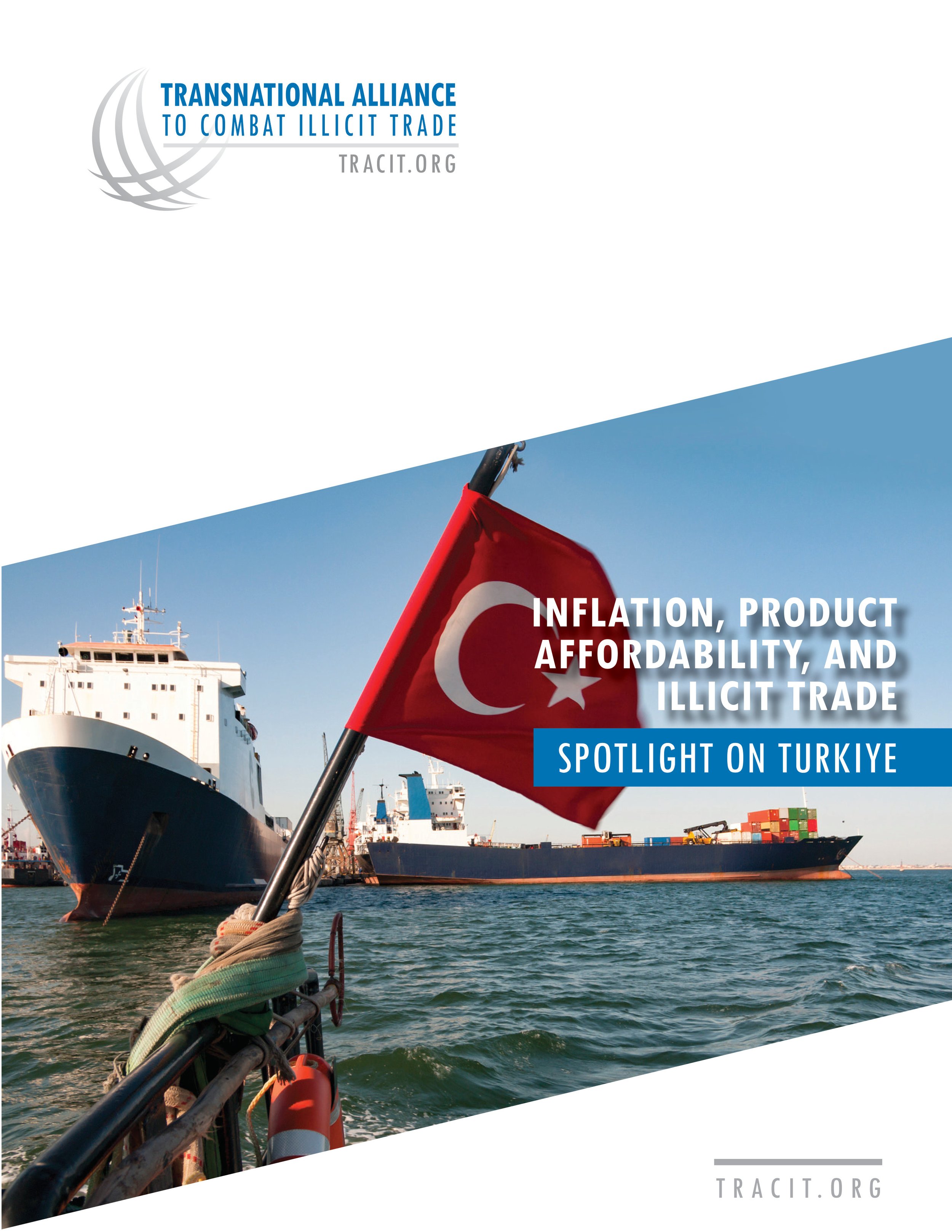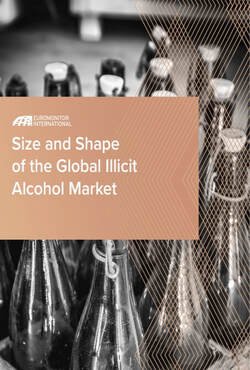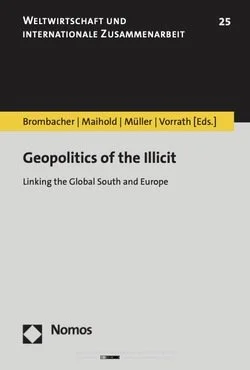By The Transnational Alliance to Combat Illicit Trade (TRACIT)
With inflation at its highest levels since 2008, the international economy finds itself amid a cost of-living crisis. In many countries, inflation has reached multi-decade highs, with both headline and core inflation continuing to rise and broaden beyond food and energy prices. Inflation has also been intensified by post-COVID economics and the Russian invasion of Ukraine – both of which have driven global commodity prices higher. Among the cascading effects of inflation on the global economy is the negative impact it has on the market dynamics that drive illicit trade. Specifically, high levels of inflation can have a disastrous impact on consumer purchasing power. In turn, reduced purchasing power coupled with increased poverty reduces consumer “product affordability,” which is widely regarded as the primary driver for illicit trade. When prices rise faster than incomes, people can afford to buy fewer goods and services and cheaper goods including illicit and black-market products become more tempting. Given these dynamics, where inflation incentivizes consumers to choose cheaper, illicit alternatives, governments will necessarily need to be more vigilant in their efforts to defend their economies from illicit trade. In this light, Turkiye presents a valuable opportunity to raise awareness on the relationship between inflation and growth in illicit trade. proTurkiye is experiencing high inflation rates. In October 2022, inflation climbed to a 25-year high of 85.5 %. Consequently, the impacts of soaring inflation leading to price increases have created a notable erosion of consumer purchasing power in Turkiye. Turkiye already faces challenges from illicit trade on multiple fronts. For example, it is an important source country for illicit plant protection products, counterfeit goods are widespread, and the country grapples with the harmful effects of illicit tobacco, alcohol and petroleum products. Moreover, the government’s goal of making Turkiye a top pharma hub by 2023 is threatened by a lucrative market for illegal pharmaceuticals. This situation is exacerbated by Turkiye’s location in the region, which makes it a key transit hub for both complete counterfeit products and counterfeit components. In principle and practice, the challenge of product “affordability” is a long-standing driver for illicit trade. Keeping that in mind, inflation amplifies a problem that usually already exists. In Turkiye’s case, inflation can be expected to intensify the problem and, consequently, requires its government to likewise intensify efforts to mitigate illicit trade. This report explores the situation of illicit trade in Turkiye, addresses its susceptibility to inflation, outlines the issues that must be addressed, and presents a set of policy recommendations that could help the government and other stakeholders fortify their efforts to control illicit trade.
The Transnational Alliance to Combat Illicit Trade (TRACIT) , 2022. 24p.







